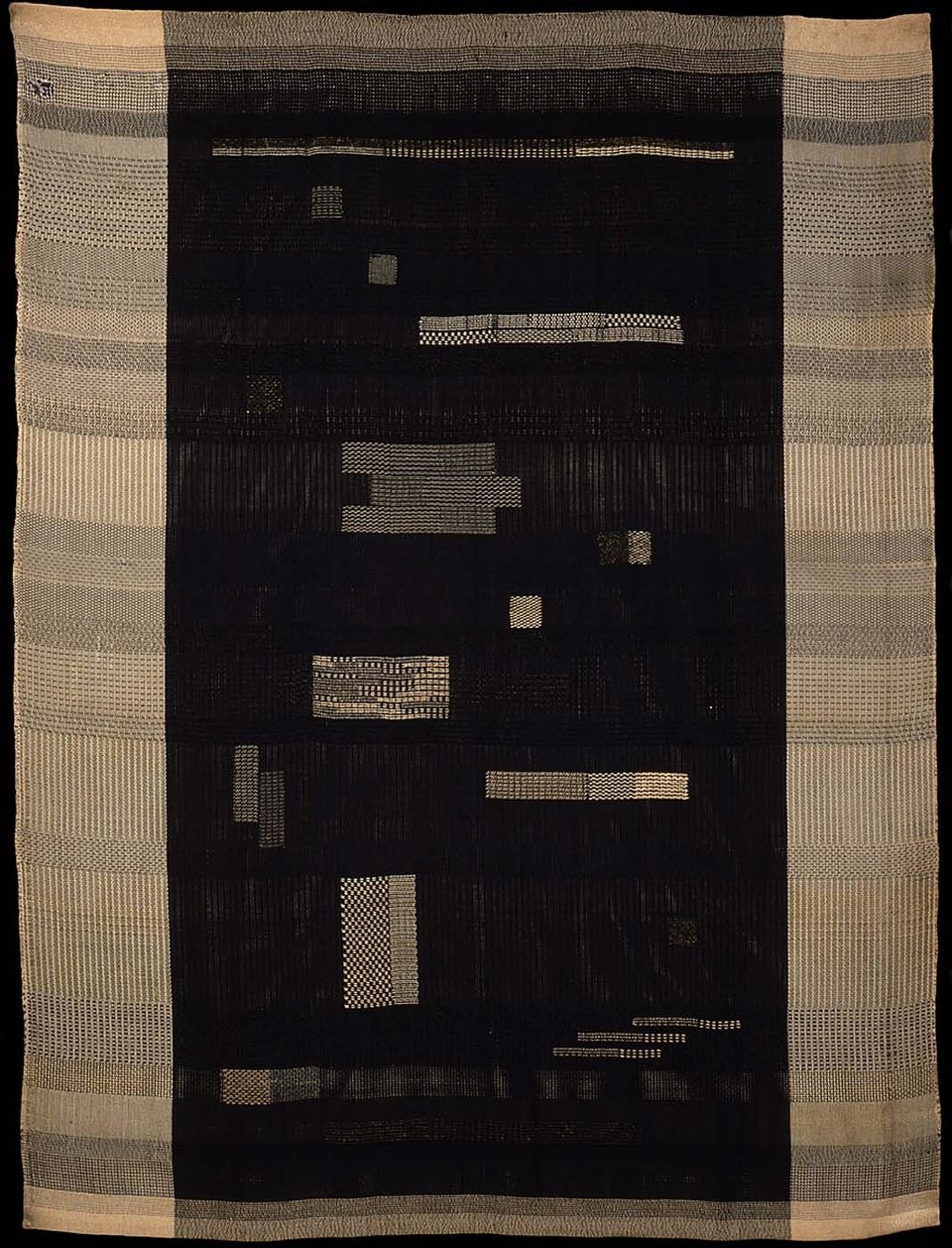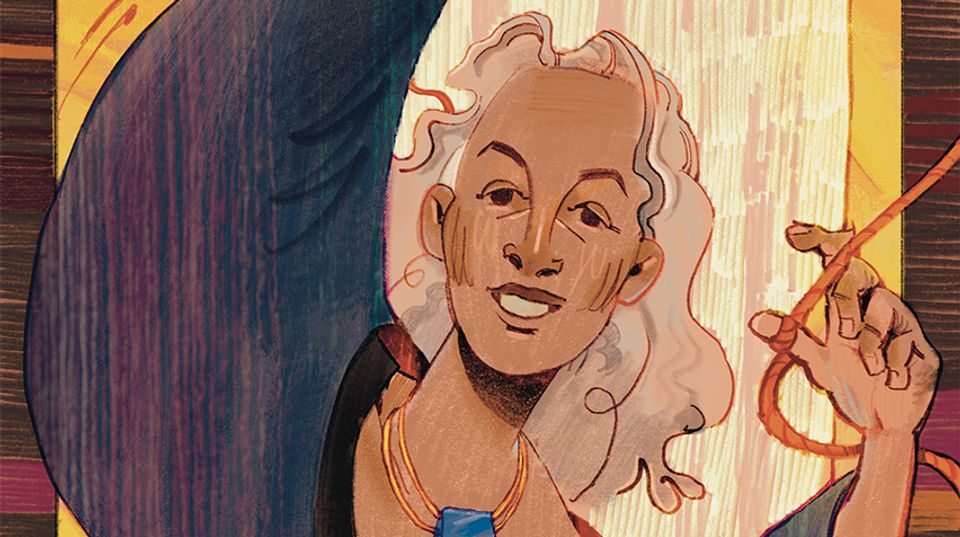
This post is part of an ongoing series on Eye Level: Q and Art, where American Art's Research department brings you interesting questions and answers about art and artists from our archive. If you enjoy this post, take a look at others in our series.
Question: Who was Anni Albers. What is the significance of her work?
Answer: With the reopening of the Renwick Gallery after its two year renovation, SAAM will once again be able to showcase its American craft collection. Its inaugural exhibition, WONDER, conveys the energy of contemporary craft with a focus on artists' unique use of materials. And the traditional lines between material and idea, always important when discussing craft within the larger context of American art, are once again being challenged. In the mid 20th century, Anni Albers, artist, weaver, and designer, was instrumental in cracking the wall between fine art and craft. At age 23 Albers enrolled at the Bauhaus, an experimental school that sought to unite design and the fine arts to create objects that were both useful and beautiful. At the Bauhaus, Albers reluctantly joined the weaving section because it was one of the few areas of the school open to women. However, she soon began to see the creative possibilities presented by weaving. She experimented with new materials such as cellophane and metallic threads. It was at the Bauhaus that Anni met her future husband, Josef Albers. Receiving her Bauhaus diploma in 1930, her final project was the creation of a sound absorbing and light reflecting fabric to be used as a stage curtain in a new auditorium in Benau, Germany.
After the Bauhaus was closed by the Nazis, the Alberses came to the United States where they joined the faculty of another innovative school: Black Mountain College in North Carolina. As an assistant professor at the college, Anni Albers incorporated elements of the Bauhaus philosophy into her teaching, encouraging her students in "playful productivity." She believing that the freedom to experiment with materials would lead to innovative work that was both useful and beautiful.
In her 1936 weaving Ancient Writing, rectangles of different textures are arranged to resemble text or a visual language. Albers experimented with language systems and ancient American art, especially Andean textiles. And some have suggested this weaving was inspired by a recent visit to the Mesoamerican archaeological site Monte Alban located in Southern Mexico.
The Renwick Gallery honored Anni Albers with a retrospective exhibition of her woven and graphic art in 1985. Describing Albers's woven pieces, the catalogue stated: "creating work from fiber that is nonfunctional and beautiful, Albers opened the way for the development of contemporary fiber work." Fiber artists who followed Albers's path pushing the boundaries of what was considered fine art include Claire Zeisler, Lenore Tawney and Sheila Hicks. Some of these women's work can now be seen in Pathmakers: Women in Art, Craft, and Design, Midcentury and Today at the National Museum of Women in the Arts here in Washington. Both this show and the Renwick's WONDER provide a great overview of the evolution of American Craft.
To read more about Anni Albers check your library or used book store for the following books: The Woven and Graphic Art of Anni Albers and Virginia Gardner Troy's Anni Albers and Ancient American Textiles


















